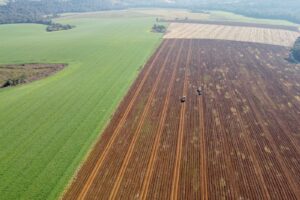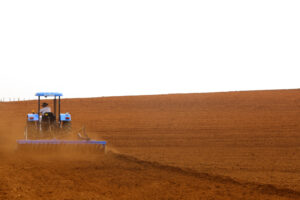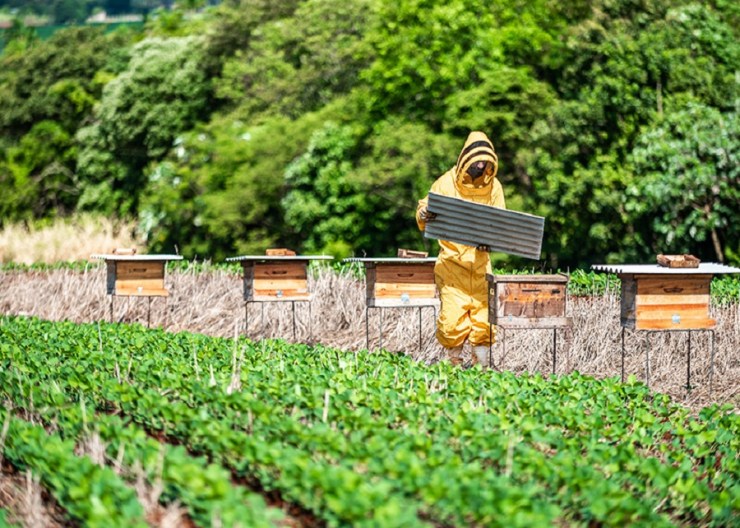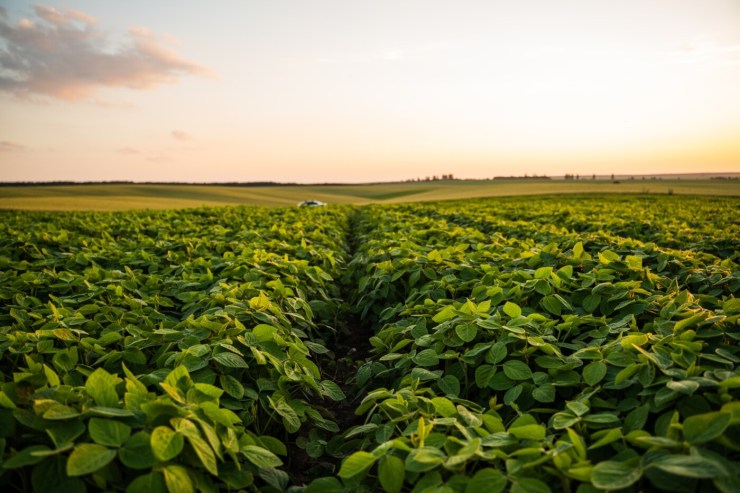Rio Grande do Sul will have a soybean health break from July 3 to September 30 and the sowing calendar begins on October 1 and runs until January 28, 2026. The dates were published by the Ministry of Agriculture and Livestock (Mapa), earlier this week, through Ordinance No. 1,271.

Photo: Roberto Dziura Jr.
“The sanitary vacuum period and sowing calendar adopted for soybeans in Rio Grande do Sul is consolidated as a strategy to combat Asian rust, to guarantee pest management, maintenance of chemical tools and crop productivity for our state”, highlights the director of the Plant Defense Department of the Secretariat of Agriculture, Livestock, Sustainable Production and Irrigation (Seapi), Ricardo Felicetti.
Rio Grande do Sul is developing a monitoring program for Asian soybean rust spores in producing regions. The methodology used by the Rust Monitor is to detect the presence of spores associated with meteorological conditions, to generate maps indicating the predisposition to the occurrence of ASF and to assist technicians and producers in decision-making and adopting measures to manage the disease.
Asian rust
Asian rust is considered one of the most severe diseases affecting soybean crops and can occur at any phenological stage. In the various geographic regions where the pest has been reported at epidemic levels, damage ranges from 10% to 90% of production.
The sanitary gap aims to reduce as much as possible the inoculum of Asian soybean rust, caused by

Photo: Jaelson Lucas
Phakopsora pachyrhizi fungus. For this reason, for a continuous period of at least 90 days, it is not permitted to plant or maintain alive soybean plants at any stage of development in the determined area. This phytosanitary measure is one of the most important for controlling the disease, minimizing the negative impacts during the following harvest.
In turn, the sowing calendar, a phytosanitary measure complementary to the sanitary vacuum period, aims to rationalize the number of fungicide applications and reduce the risk of Asian soybean rust developing resistance to the chemical molecules used to control it. The action was implemented by the National Program for the Control of Asian Soybean Rust (PNCFS).




